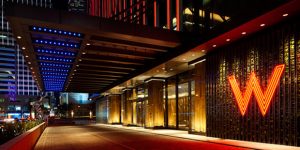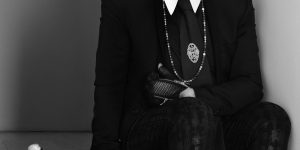Instagram and Pinterest are changing the hotel industry
Hotel chains are increasingly leveraging the power of Instagram to reach a broader audience.

Hotel chains are increasingly leveraging the power of Instagram to reach a broader audience, with Starwood the latest to integrate the photo-sharing feature across its nine brands around the world.
Using the hashtag #SPGLife, guests can now add photos of their Starwood experience at properties like the St. Regis, the Westin, Le Meridien, Sheraton and W to an Instagram guest gallery.
It’s estimated that Starwood guests staying at the chain’s 1,150 properties around the world capture and share an average of 40,000 images a month on Instagram.
Currently, photos on the guest gallery include beachfront photos of the W Maldives as well as food porn of a traditional English breakfast at the St. Regis Singapore.
Perhaps one of the biggest Instagram pioneers of the hotel industry, however, remains the 1888 Hotel in Sydney, Australia, a boutique property that billed itself as the world’s first Instagram hotel for hinging its decor and services on the photo-sharing app when it opened this year.
In a bid to attract and serve a digitally savvy clientele, the hotel offers a free night’s stay to Instagram users with more than 10,000 followers — in other words, lots of clout — and has likewise dedicated a “selfie space” where guests can take photos of themselves, hashtag it #1888hotel and see their photo appear instantaneously on screens near the reception desk.
Similarly, the Four Seasons claimed authority on the photo sharing site Pinterest, with the Pin. Pack. Go feature. After a traveler creates boards pinned with photos of their ideal vacation and specifying their destination city, a virtual concierge from the Four Seasons will offer personalized recommendations and itineraries based on the user’s Pinterest board.
Meanwhile, both Condé Nast Traveler and luxury travel company Cox & Kings predict that geolocating mediums like Facebook and Instagram will play increasingly bigger roles in the travel industry in 2014, either as an advertising platform for hotels or as a “Wish you were here” postcard by guests.












